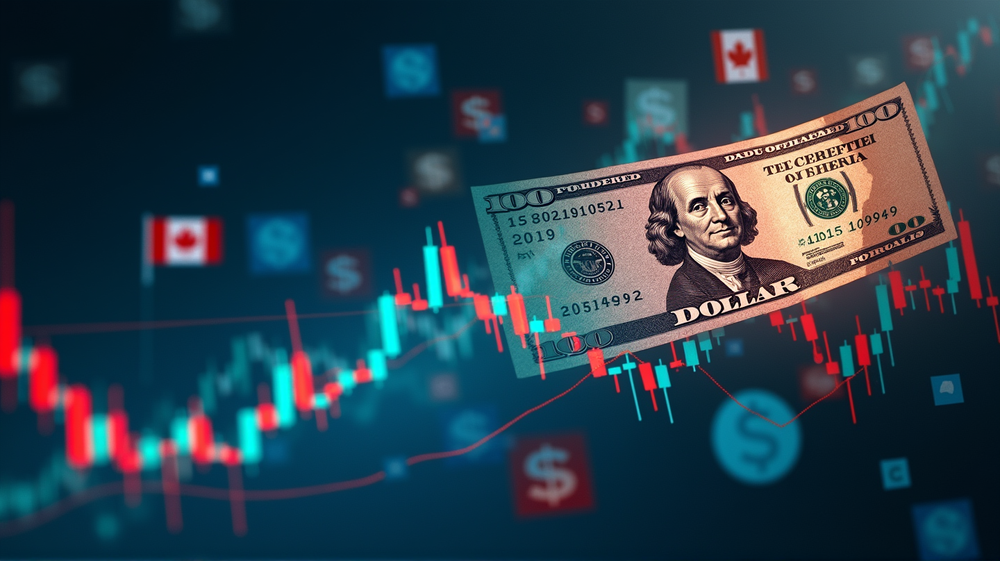In an unexpected turn of events, the Canadian dollar stood its ground around 1.38 per US dollar, resisting its multi-session decline. This resilience emerged as the greenback showed signs of weakness, which, in turn, balanced out the increasing dovish bets for the Bank of Canada. According to TradingView, the markets are now more attuned to the surprise rise in unemployment within Canada’s borders, which has undoubtedly cast a shadow on international economics.
Balancing Acts in Economic Trends
The DXY, a notable index tracking the US dollar’s strength, mirrored declines in short-term Treasury yields. This movement was triggered by emerging hints of softness in the US labor market, subsequently raising the odds of multiple Federal Reserve rate cuts. As the US market faces uncertainty, the Canadian dollar’s stability provides a comforting narrative for currency traders.
A Domestic Economic Picture
On the domestic front, economic outlooks painted a nuanced picture. The unexpected climb in unemployment to 7.1%—the highest since the pandemic—surpassed economists’ predictions and sent ripples through the financial corridors of the country. This increase from 6.9% in July has fueled speculation over the Bank of Canada’s potential dovish maneuvers.
Global Influences on Local Policies
Experts note that the current economic landscape aligns with the Bank of Canada’s assessment that a robust labor supply coupled with growth risks from tariffs and lingering policy uncertainties in the US could exacerbate domestic employment challenges. It’s a delicate balance for local policymakers who must navigate both internal and international economic influences.
Looking Ahead in Forex Markets
Market analysts now eagerly monitor the interplay between these pivotal economic forces. The Canadian dollar’s stability amidst such factors highlights the interconnected nature of global economics, wherein changes across borders reverberate domestically. All eyes remain on how the Bank of Canada and other financial bodies adjust their strategies in the face of these pressing challenges.
The current trends in both domestic and overseas financial markets exemplify the delicate equilibrium and adaptability required in today’s interconnected economic landscape. Traders and investors will continue to watch these developments keenly, as they hold the potential to shape future fiscal policies and economic health.












